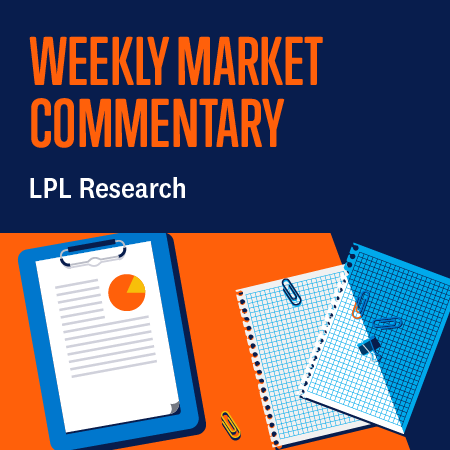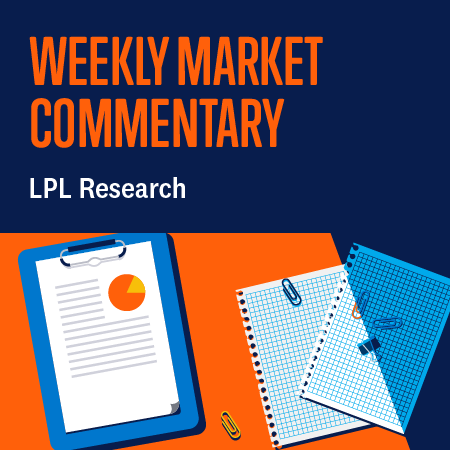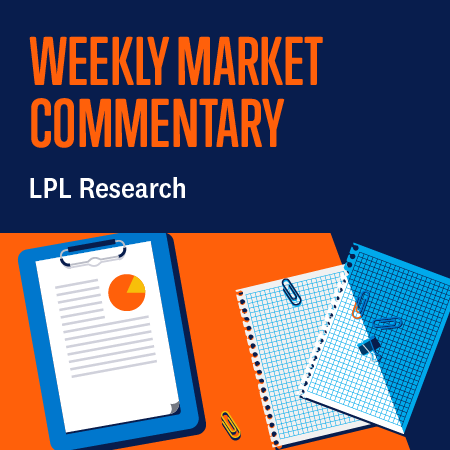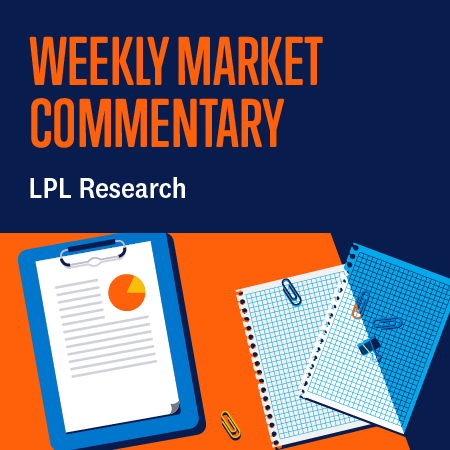FOUNDED IN 1928

Andrew Jones Kilpatrick (Uncle Jonnie) and Warren Bothwell formed Bothwell & Kilpatrick in 1928 to offer stocks and bonds as investments to the people of Augusta. The firm was renamed A.J. Kilpatrick Jr. in 1949 when Warren Bothwell passed away. On May 1st,1962, Uncle Jonnie’s nephew, Richard Cree Kilpatrick, joined the brokerage business and A.J. Kilpatrick & Company was formed. Jonnie passed away in 1978, but the firm continued as a mainstay in downtown Augusta. In 1994, A.J. Kilpatrick & Co. joined A.G. Edwards, which was bought by Wells Fargo in 2007. In 2005, Thomas Duncan Kilpatrick joined his father, Richard, at A.G. Edwards as the third generation Kilpatrick in the financial services industry, and because of his commitment to providing objective financial advice, realigned with LPL Financial in 2009. Today, A.J.Kilpatrick is focused on serving Augusta’s people with the integrity and dedication of their founders, and the future vision of their thriving community.
Check the background of investment professionals associated with this site on FINRA’s BrokerCheck
Invested In Augusta
We are focused on the financial well-being of the people who make Augusta’s communities thrive.
Thoughtful, Strategic Advice
We offer you efficiency and experience combined with personalized service.
Happening Now

Pullbacks Are Common but Painful | Weekly Market Commentary | August 12, 2024
Like a stubbed toe, pullbacks in the market are inevitable, something investors tend to forget during periods of low volatility.

Thoughts on Global Selloff and the Dollar’s Path to Decompressing | Weekly Market Commentary | August 5, 2024
After the sharp August 5 decline, equities are nearing an attractive entry point. LPL’s Strategic and Tactical Asset Allocation Committee (STAAC) maintains its tactical neutral stance on equities, while actively monitoring signs of bottoming. LPL Research continues to preach patience before buying this dip. Bottoming is a process.

Key Themes for the Macroeconomic Landscape in the Second Half of 2024 | Weekly Market Commentary | July 29, 2024
Investors had a healthy appetite for risk so far this year as a so-called potential soft landing has been factored in. We have an economy with rising wages, decelerating inflation, and a Federal Reserve (Fed) on the cusp of cutting rates.

Key Themes for Bonds in the Second Half of 2024 | Weekly Market Commentary | July 22, 2024
The first half of the year was a challenging environment for a lot of fixed income markets, especially higher-quality markets.
Sign Up to Receive Our Newsletter




